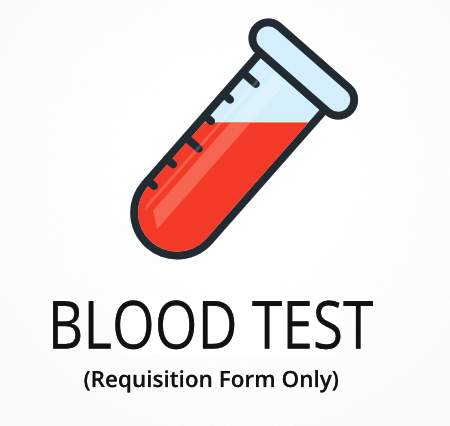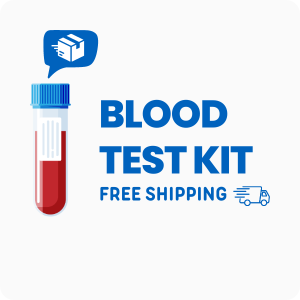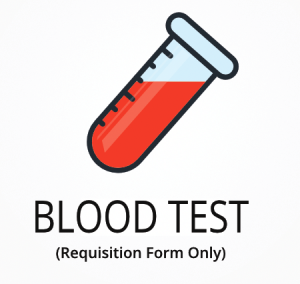Ordering the Lead Blood (Pediatric) Test
Ordering the Lead Blood (Pediatric) Test is important for assessing lead exposure in children, which can affect their development. Interestingly, even low levels of lead can impact a child’s learning abilities.
When ordering this test, consider the following benefits:
- Detects lead exposure early to prevent potential developmental issues.
- Helps identify sources of lead exposure in the environment.
- Guides treatment decisions to reduce lead levels in the body.
- Monitors the effectiveness of interventions to lower lead exposure.
- Provides peace of mind for parents concerned about lead exposure.
Who Should Consider Lead Testing for Children
Parents of children living in older homes with lead-based paint might find this test beneficial. A child who frequently plays in areas with potential lead contamination could also benefit from testing.
Consider ordering this test in these scenarios:
- Children living in homes built before 1978.
- Kids with siblings who have elevated lead levels.
- Children who have been exposed to imported toys or jewelry.
- Kids living near industrial areas with potential lead emissions.
- Children with unexplained developmental delays.
Testing for lead exposure can help prevent long-term developmental problems. Delaying this test might result in missed opportunities to address lead exposure early.
Preparing for the Lead Exposure Test
No fasting is required for the Lead Blood (Pediatric) Test, allowing for flexible scheduling. It’s important to follow any instructions from your healthcare provider to ensure the test is conducted properly.
Labs Included When Ordering Your Lead Blood (Pediatric) Test
| Test Name | Reference Range | Significance | Low and High Levels of Lead |
|---|---|---|---|
| Lead (Serum) | 0-5 | Lead levels in the blood indicate exposure to lead, which can affect cognitive and physical development in children. |
High levels mean increased risk of developmental issues and require intervention.
Low levels mean minimal exposure, which is ideal for health. |
Lab reference values are subject to change. Refer to the Quest Diagnostics lab test directory for current ranges.
Lead Blood (Pediatric) Test FAQ
Is there Lead Blood testing near me?
Find nearby locations for Lead Blood testing using the patient service center locator, which includes mobile phlebotomy options. This is especially useful for children who may have difficulty traveling to distant locations.
What is the cost of the test?
The cost of the Lead Blood (Pediatric) Test includes all fees, such as sample collection at patient service centers. It’s worth ordering to address potential lead exposure, which can impact a child’s development.
How often should I retest?
Retesting is recommended every 6 to 12 months if initial results show elevated lead levels. Regular monitoring helps ensure that interventions are effective in reducing lead exposure.
How accurate is the test?
The Lead Blood (Pediatric) Test uses atomic absorption spectrometry to measure lead levels accurately. TrueHealthLabs.com partners with CLIA-certified laboratories to uphold rigorous testing standards for dependable results.
Medical Review Board
Reviewed by Jeff Donohue M.D. from Body Logic and Brady Hurst DC, CCCN. Written by True Health Lab’s team of editorial health contributors.
Disclaimer: This information is for educational purposes only and not intended as medical advice. Consult your healthcare provider for personalized guidance.
Why Customers Trust True Health Labs - What People are saying
Also rated 4.6 out of 5 based on 3452 ShopperApproved reviews- See all TrueHealthLabs.com reviews.







